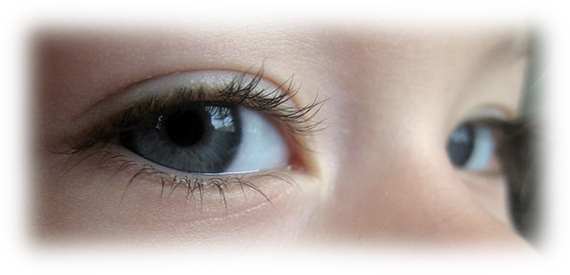Story Telling Vs Reading Stories
There is more to telling stories than meets the eye.
I spend a good deal of time and effort finding and recommending books for you guys to read with your kids and parents and teachers around the world are likewise encouraged to read stories to their children and classrooms to enrich the imagination and introduce literacy.
However…
There is so much more to explore through storytelling than simply reading the words aloud off the page of a good book!
Of course, reading is essential to literacy development but storytelling delights and encourages children to listen to the music of words in different ways.

Why Tell a story as opposed to Reading one?
Both reading and telling are great ways to communicate stories to children but the differences between the two are quite considerable for both the parent/teacher and the children listening.
When reading stories, the reader must always be focused on the printed words while occasionally looking at the audience.
In contrast, telling a story gives the teller freedom to speak directly to the children, remaining in eye contact while having the opportunity to watch for their reactions to the story.
It is the teller who makes the story come to life through the sound of their voice and personality combined.
The storytelling becomes almost a personal experience for all involved.
3 Basic rules of children’s stories
- There are three essential elements involved in storytelling;
- the story
- the storyteller
- the audience
- The story itself should be a narrative short enough to be told in one sitting.
- It can be a fiction or non-fiction but more importantly something that the teller is interested in and enjoys.
There really are no limits to what type of story can be told.
Before the written word, storytelling was the only way a person could relate events to other people.
Traditions were passed down from one generation to the next with the use of oral stories.
Even today, libraries are filled with books containing the different folk tales from cultures all over the world.
If it were not for storytelling, these may have been lost and never recorded.
Linking the story to your audience
Linking the story to the audience is up to the storyteller.
The best stories are personal stories because they come from within the teller and I find that my memory (and imaginative additions) is much clearer and provides a wider base for everything from descriptive surroundings to sub-plots and hidden lessons.
However, an experienced teller can learn any story and make it their own (and reading and practicing the tips and hints in the free storytelling technique course will set you on the right path).
The beginner may feel more comfortable with a traditional well known story like Goldilocks and the Three Bears, or Little Red Riding Hood.
Personal stories however, usually hold the greatest interest for a teller and have the potential to produce the inner most enthusiasm while reciting remembered events – plus : The audience will enjoy the story just as much as the teller enjoys telling it.
Some people are natural born storytellers, but anyone who is willing to practice and devote time and study can become a good one.
There are certain characteristics that a natural storyteller may possess that gives them an advantage.
A creative imagination and a flair for drama will help bring a story to life so the children will be able to visualize in their own minds the characters and setting of the story.
It is also better to be prepared for the sometimes unexpected tidbits the children will want to add to the story themselves. Including their ideas and engaging with the audience will truly make for a successful storytelling session.
There is clearly more to telling children’s stories than one at first thinks and indeed the same can be said of reading stories, but you have to start somewhere right?
I want you to be able to feel confident to tell stories to your children from your memory or made up from your incredible imagination that speak directly to the third piece of the storytelling : your audience!
The great thing is that generally we know our audience quite well which gets us off to a great start and I hope that in coming weeks you’ll start to gain some ideas and confidence and a structure around how you can formulate and tell your own stories to your kids.
 Continue reading Is TELLING children’s stories more beneficial than READING them?
Continue reading Is TELLING children’s stories more beneficial than READING them? 
